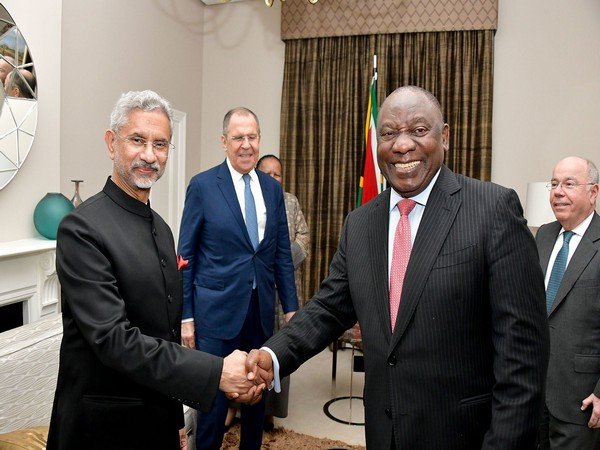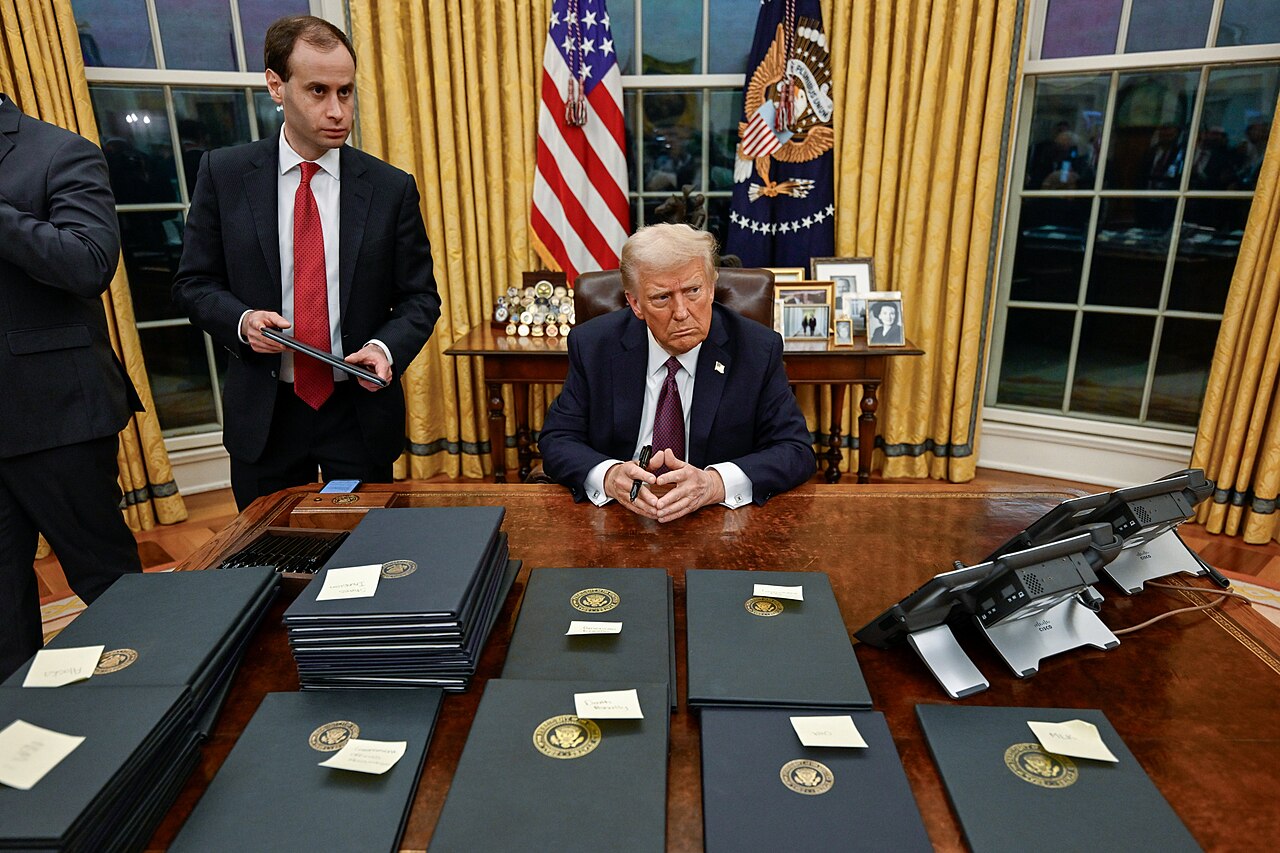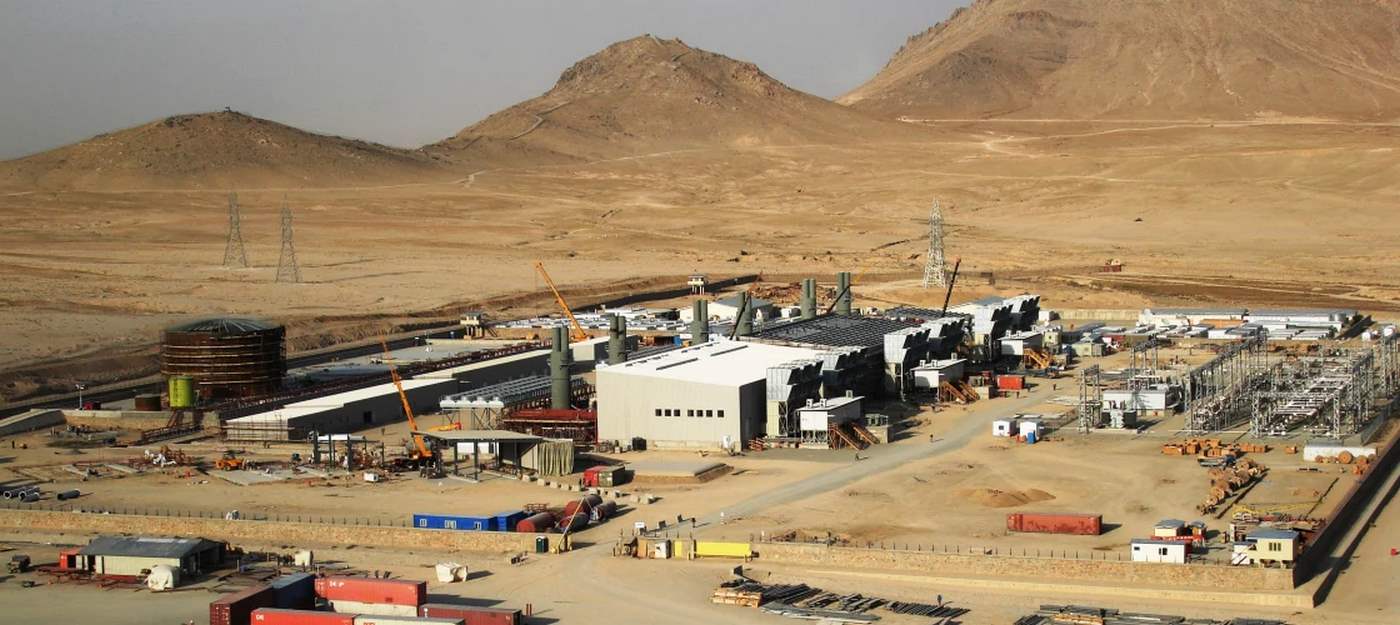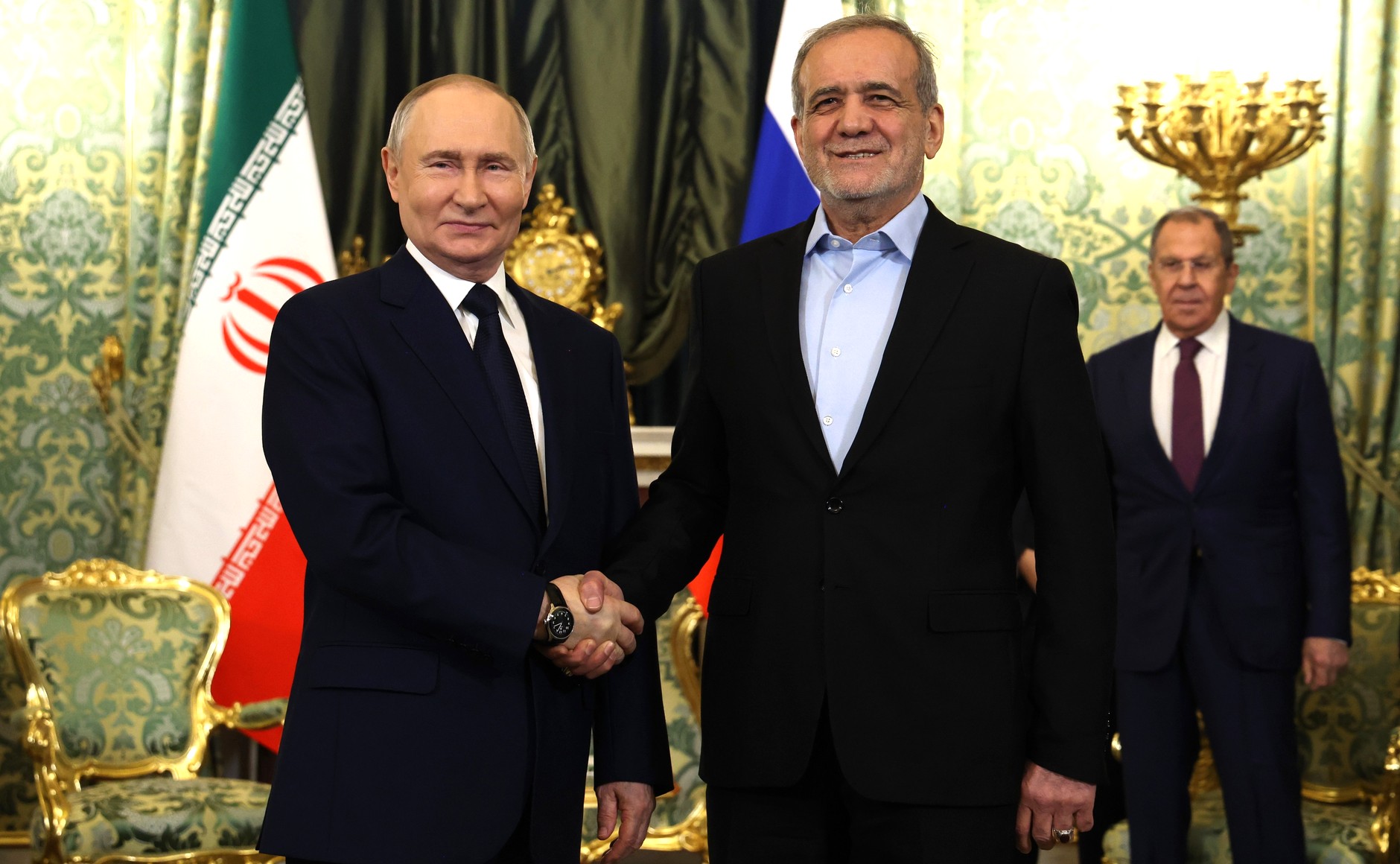End of the Empire is a once-monthly feature on all news relating to the transition from the unipolar world of the US Empire to a multipolar world.
On the campaign trail, President Trump directly attacked the nations that make up the BRICS trading bloc by saying that any movement they make towards de-dollarization would be penalized by 100% tariffs on all trade with the US. This would shatter bilateral trade and, perhaps in normal circumstances, be an unacceptable state of affairs for any US-trading partner.
The degree to which de-dollarization is occurring is debated since the actual fall in dollar holdings by BRICS nations and the world over the years since the trading bloc was formed has been so small as to be potentially just the natural movements of markets. However, that the nations of BRICS, an acronym for Brazil, Russia, India, China, and South Africa, are trying to achieve greater financial autonomy is indisputable.
To this end, the bloc, which recently welcomed new members Iran, UAE, Ethiopia, and Egypt in 2023, and Indonesia in 2024, has worked to settle bilateral trade in local currencies as often as possible and rely on alternative payment methods outside of the SWIFT international payment system, dominated as it is from the Treasury Department in Washington.
As WaL has reported before, the world has not seen an alternative to the dollar, or a currency backed by a commodity of any kind, as some have suggested could be possible with a BRICS trading currency, since 1971. The chance that the BRICS nations, disparate in culture and global outlook, could achieve such a transformation in world economies is dubious, but they don’t need to introduce a gold-backed alternative to the dollar in order to challenge it.
Warwick Powell of Queensland University of Technology told SCMP that if Trump followed through with his tariff threat, “trade volumes between the US and BRICS nations could plummet by up to 90%”.
BRICS nations, Powell argued, could fully replace the US with alternative markets in two-and-a-half years, but US exporters would need four years to replace the BRICS markets. Furthermore, The US dollar is used widely for settlement because every nation can use it to buy US stocks and bonds, and oil from Saudi Arabia.
Exports help pay for imports, and if it became unfeasible to earn USD through exporting goods and therefore impossible to amass USD at home, de-dollarization would happen naturally, “because of reduced need for USD for trade settlements,” Powell said. “This has flow-on implications for US credit ratings, living standards, and ultimately US dollar-driven political and economic power”.
The United States lost all of its wars against terrorism in the same way: for each terrorist that’s bombed by the US, the collateral damage causes 7 more people to take up the cause of the terrorists.
Using this as a parallel, a 100% tariff would be more likely to force BRICS nations’ hands into using local currencies and alternative payments for all trade, considering that was the BRICS raison d’être to begin with — escaping US mercantilism, sanctions, and financial bullying.
Sarang Shidore, a BRICS scholar at the Quincy Institute for Responsible Statecraft in Washington DC, told SCMP that Trump’s coercion may lead to exactly what the US did not want — “a stronger, more cohesive BRICS”.
“If this continues, the Global South countries and other countries may start looking for serious counters to the United States in the longer run”.

Waiting game
Alternatively, it could scare some of the BRICS nations closer to Washington’s sphere of influence, such as India, who have major issues with BRICS partner China, or Egypt, whose government was installed and is supported militarily by the US, out of the current path of financial independence.
Indian Foreign Minister Subrahmanyam Jaishankar last week said that India had “absolutely no interest” in undermining the US dollar, not just replacing it with some kind of international trading currency, perhaps supporting this very view.
One challenge in anticipating when Trump would consider that enough “de-dollarization” had occurred to merit pulling the trigger on a 100% tariff is that America’s share in global trade has been steadily falling while the use of other currencies in international trading has been rising. Foreign central banks of all stripes do however still overwhelmingly prefer US Treasury bonds that pay dollars as reserve assets over things like gold or other sovereign debt instruments.
If another 5% of all transactions between businesses in Indonesia and China switch to using RMB, will that be considered de-dollarization? What if China drops another $50 billion in US Treasury debt as they have been doing for years? What if the two happened in the same fiscal quarter? What if they were combined with an announcement that all petroleum trade sales from Russia to India would occur in rubles?
At some point, these natural and self-interested decisions by BRICS nations will seem to Trump’s finance and trade policymakers to be another step towards de-dollarization, and Trump will be forced to make a decision.
Because that point will come naturally, as it is in the best interests of the BRICS nations involved to continue down that path, and because that point is so vaguely defined, it will put a tremendous amount of pressure on the Trump Administration, and offer many opportunities to procrastinate in making such a serious decision.
Accordingly, it offers ample time for BRICS nations, which may soon include Malaysia and Azerbaijan as well, to prepare for that eventuality, at which point the effects of a 100% tariff may not be what Trump believes them to be. WaL
We Humbly Ask For Your Support—Follow the link here to see all the ways, monetary and non-monetary.
PICTURED ABOVE: President Trump signing Day 1 executive orders. PC: The White House, via X.



